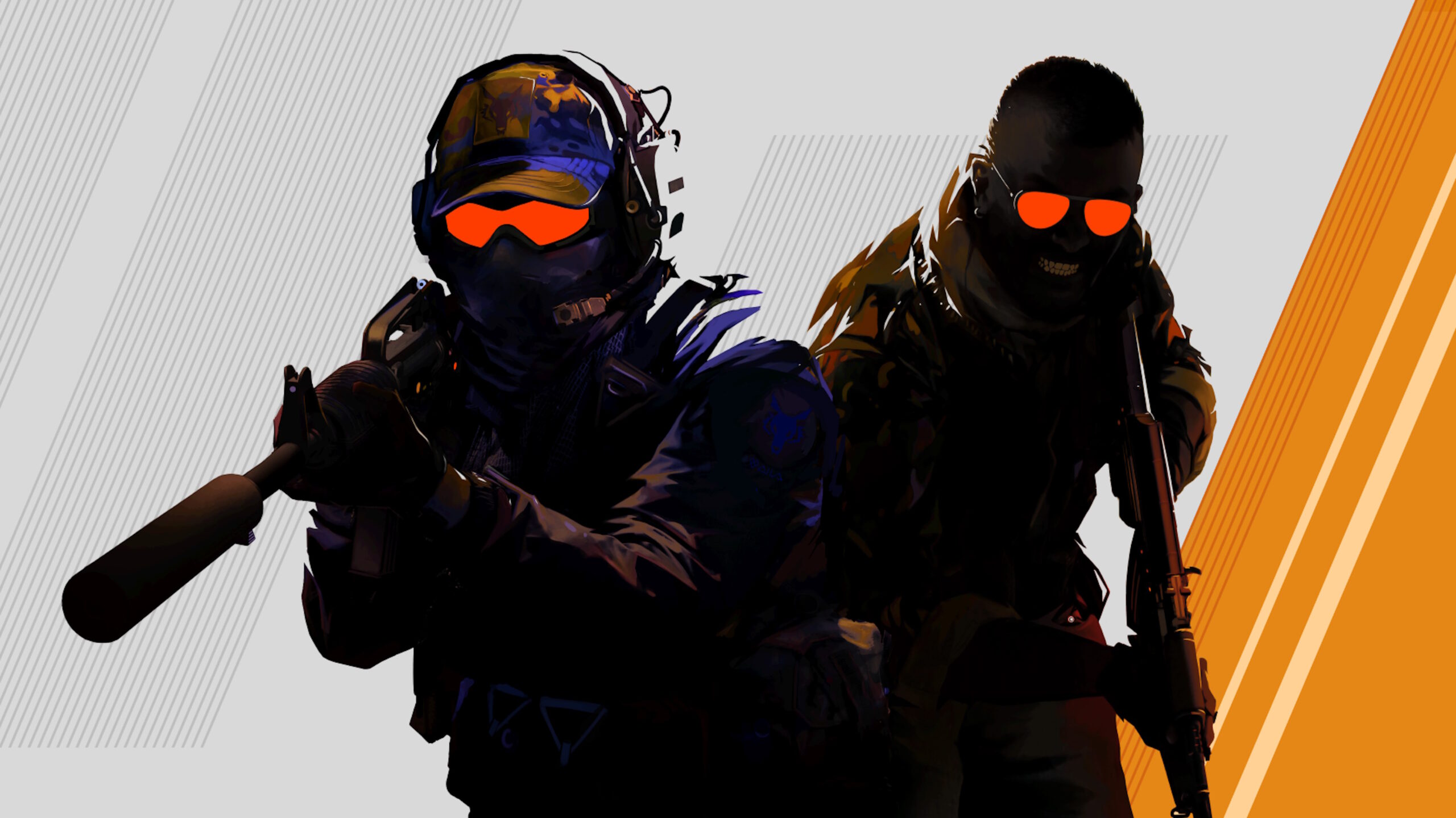If you’ve been playing CS2 for years, you’ve probably checked your inventory value dozens of times — using different tools, different sites, and a bunch of “old-fashioned” methods that don’t even exist anymore. The way we review, value, and preview our skins has changed a lot, and the experience today is nothing like what it used to be back in the CS:GO era.
History Of Inventory Checking in CS2
Back in the older CS:GO days, checking your loadout was basically just opening your Steam inventory and maybe clicking Inspect in-game a hundred times. That was it. If you wanted to imagine how a skin would look with certain stickers or how two skins matched as a combo, you literally had to buy them, apply them, and see. Slowly, the first wave of third-party pages appeared like simple websites that just listed skins’ prices and let you quickly inspect other people’s items through generated links. They were mostly built for traders who needed to check floats or confirm rarity.
Around mid-CS:GO, players started caring more about how their inventory looked together, not just what they owned, and that’s when everything exploded. Visualizers, float databases, 3D previews, craft testers, and early loadout builders began appearing. For the first time, you could preview a skin without buying it, rotate it in 3D, test sticker crafts, or check someone’s entire loadout through a simple link. And when CS2 landed with its lighting overhaul, all of these tools evolved again; they rebuilt models, updated textures, added real reflections, shadow behavior, and realistic wear simulation.
By 2025, the whole concept of an “inventory checker” had transformed into a multi-layer ecosystem. You now have tools that behave like full wardrobe planners, like you can mix skins into a themed loadout, test sticker placements, preview animations, and share your designs. At the same time, trader-oriented platforms turned your inventory into a portfolio: total value, live prices, profit/loss, recent movements, and even distribution across item types.
What is CS2 Inventory Checker
It connects to your Steam profile through the official OpenID login or your public Steam link, reads what items you own, and then layers extra information on top, things Steam itself doesn’t show. You instantly get floats, patterns, trade-lock timers, real-time prices, total inventory value, and even a full loadout preview for both T and CT. It’s basically your whole CS2 collection, but rebuilt with actual usability in mind.
The way it works is pretty simple: once you log in, the tool asks Steam for a list of your items via the official API. It then pulls pricing from markets or whatever database the platform uses. After that, the checker generates a visual layout of your inventory, usually much cleaner and faster than Steam’s default UI. Some sites add 3D skin models, sticker craft previews, and full loadout builders so you can see how your inventory looks under CS2 lighting without launching the game. Others focus more on trader features, showing you profit/loss charts, market trends, and the real street value of each skin.
The CS2 inventory checker becomes one of the most useful things you can have as a player, whether you’re managing a big portfolio or just making your loadout look clean.
Who Uses The CS2 Inventory Checker
A CS2 inventory checker isn’t just for “traders”; it actually serves several types of players, each with their own reason to use it. Casual players use it because they simply want to see how their loadout looks without opening the game, compare skins they already own, or plan future aesthetic themes. Creators, the people who love making screenshots, TikTok clips, or skin showcases, rely on checkers because they get instant 3D models, sticker previews, and clean visuals they can’t get directly from Steam. Collectors need them too, because patterns, floats, and rare seeds matter, and Steam doesn’t show that information clearly.
On the more technical side, traders depend on inventory checkers every day. They use them to track prices, analyze profit or loss, compare marketplace values, and monitor item trends. For them, a checker is basically a portfolio manager. Case-openers and event players also find checkers useful when they want to quickly see the total value of everything they pulled, or how their new item fits into their loadout. Even people with dream inventories, players who don’t own expensive skins yet, use inventory checkers to plan their future loadouts, simulate combinations, and understand what fits their style or budget. So the audience is broad: from casual players who enjoy visuals to serious traders who treat skins like assets.
Conclusion
Inventory checking has changed from a simple Steam chart to complex applications that imitate trading terminals or wardrobe planners. Modern CS2 checkers provide players a level of control and clarity they never had years ago, regardless of whether they are here for the strategy, the visuals, or the value.

